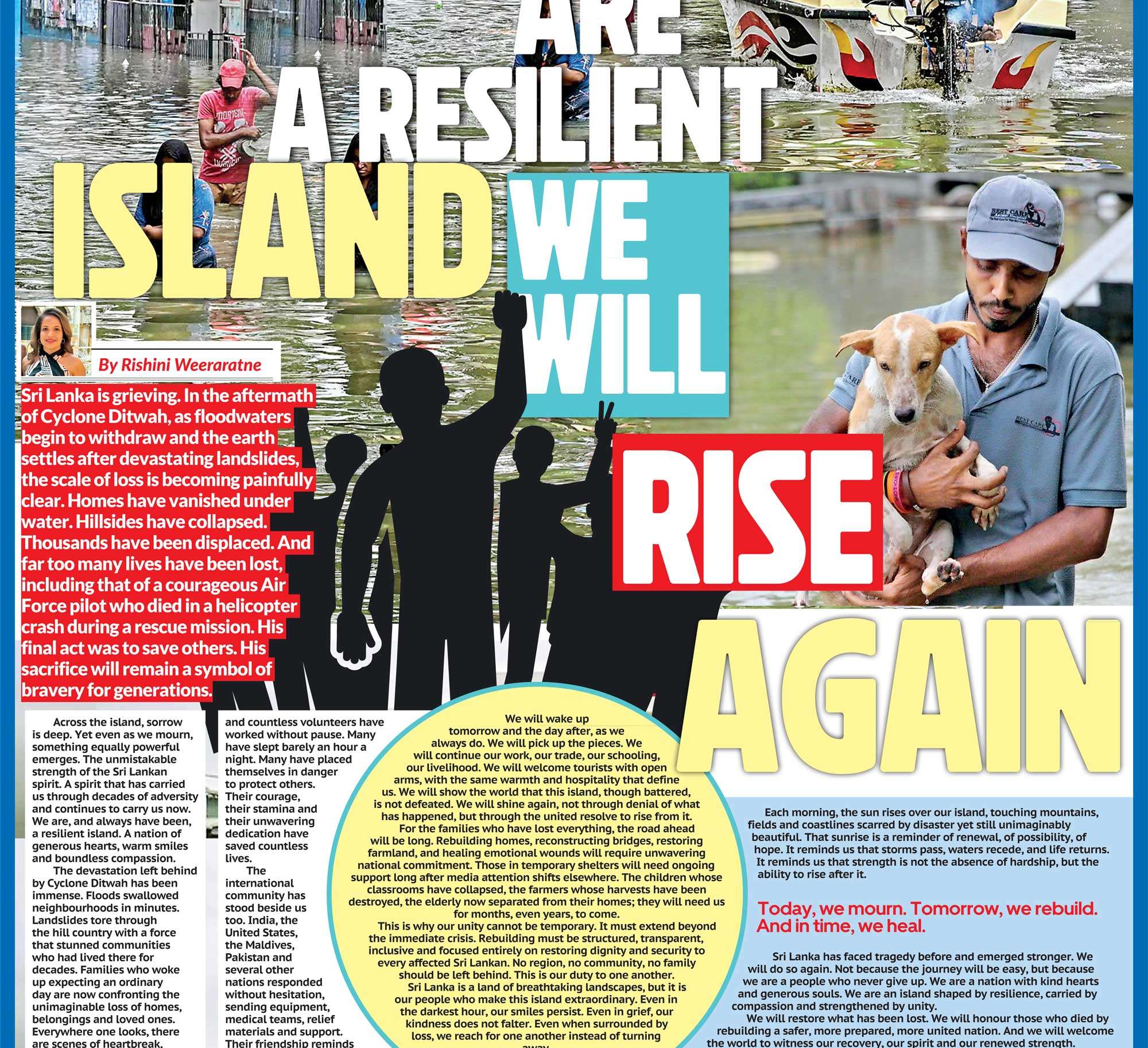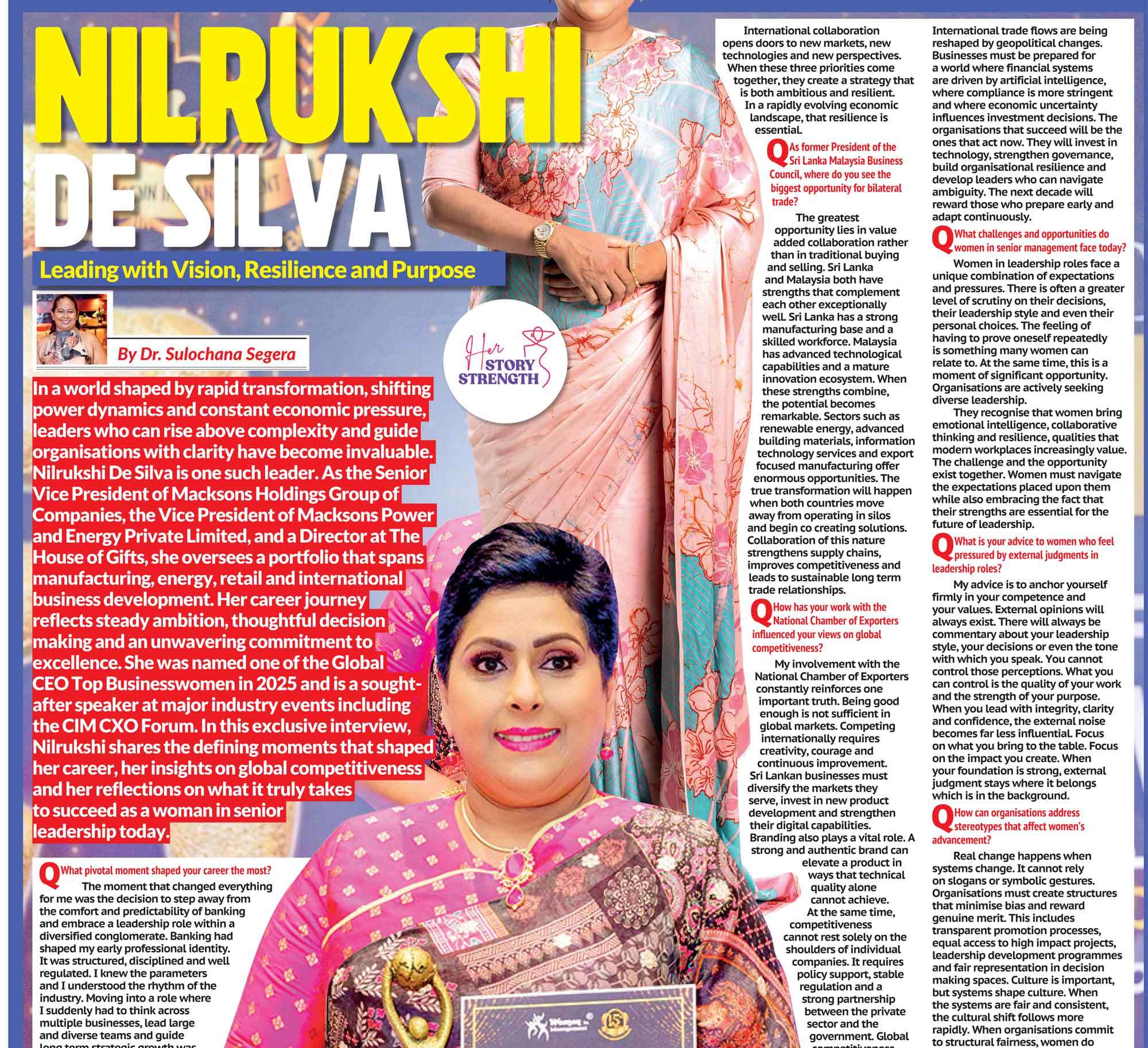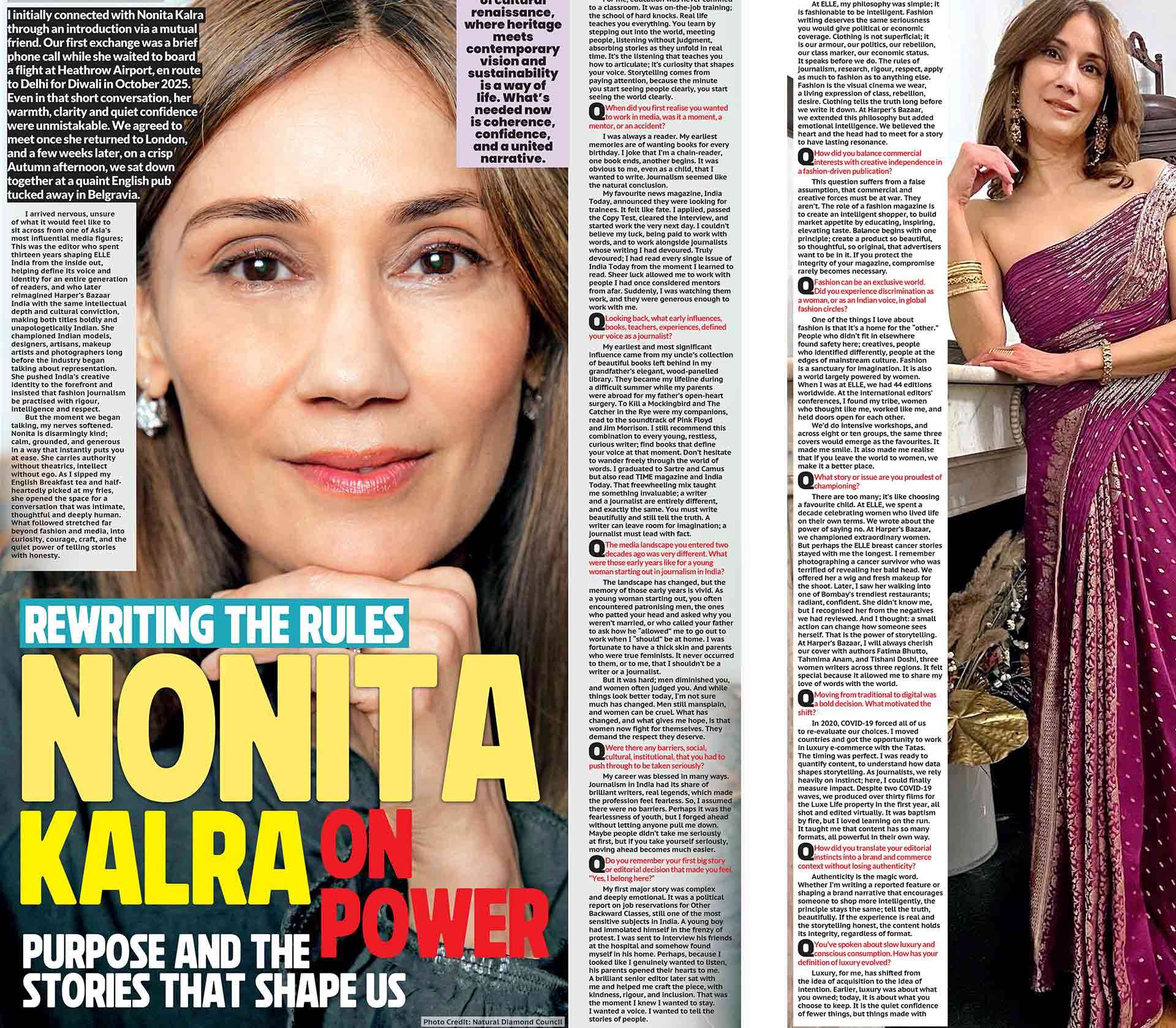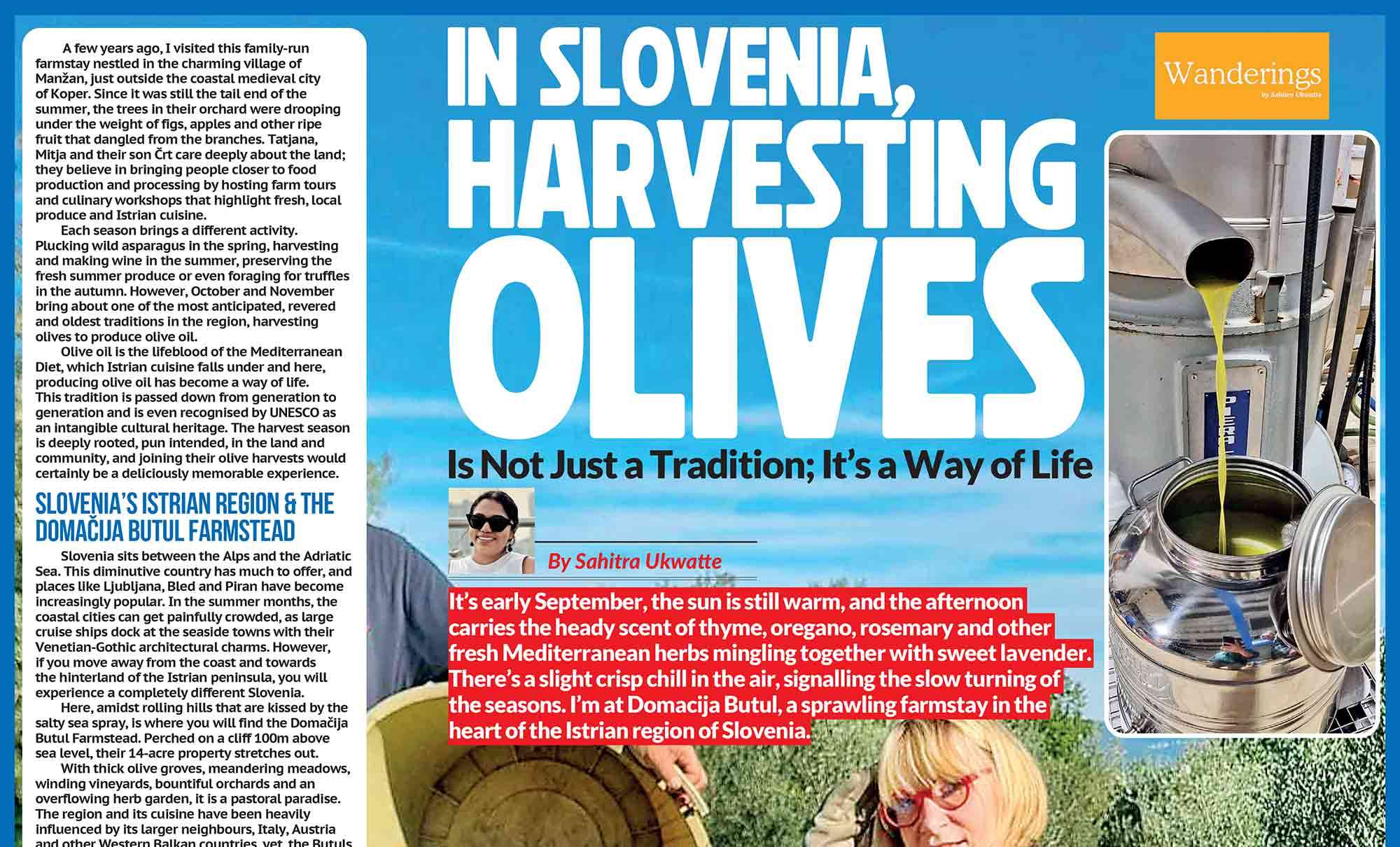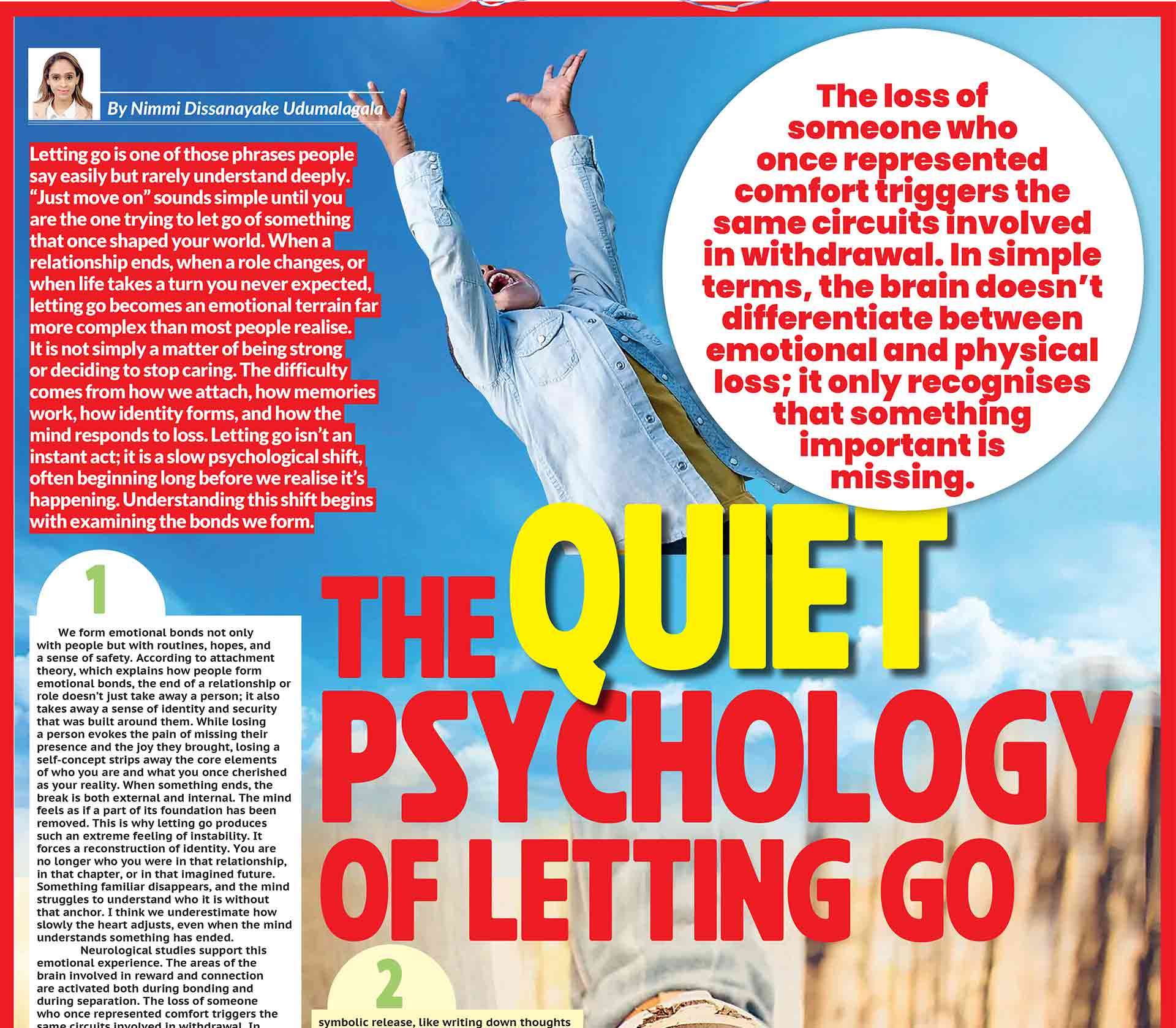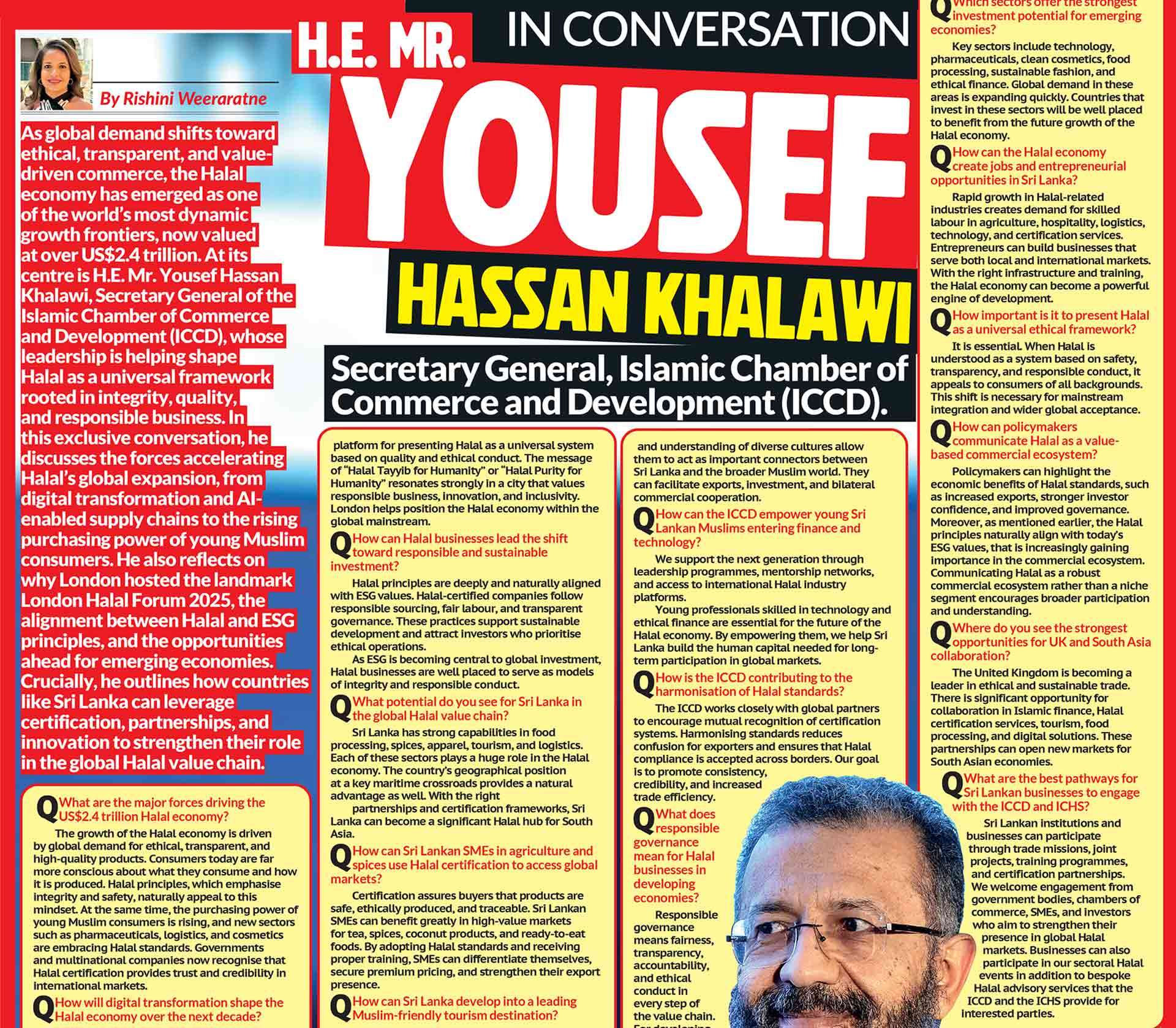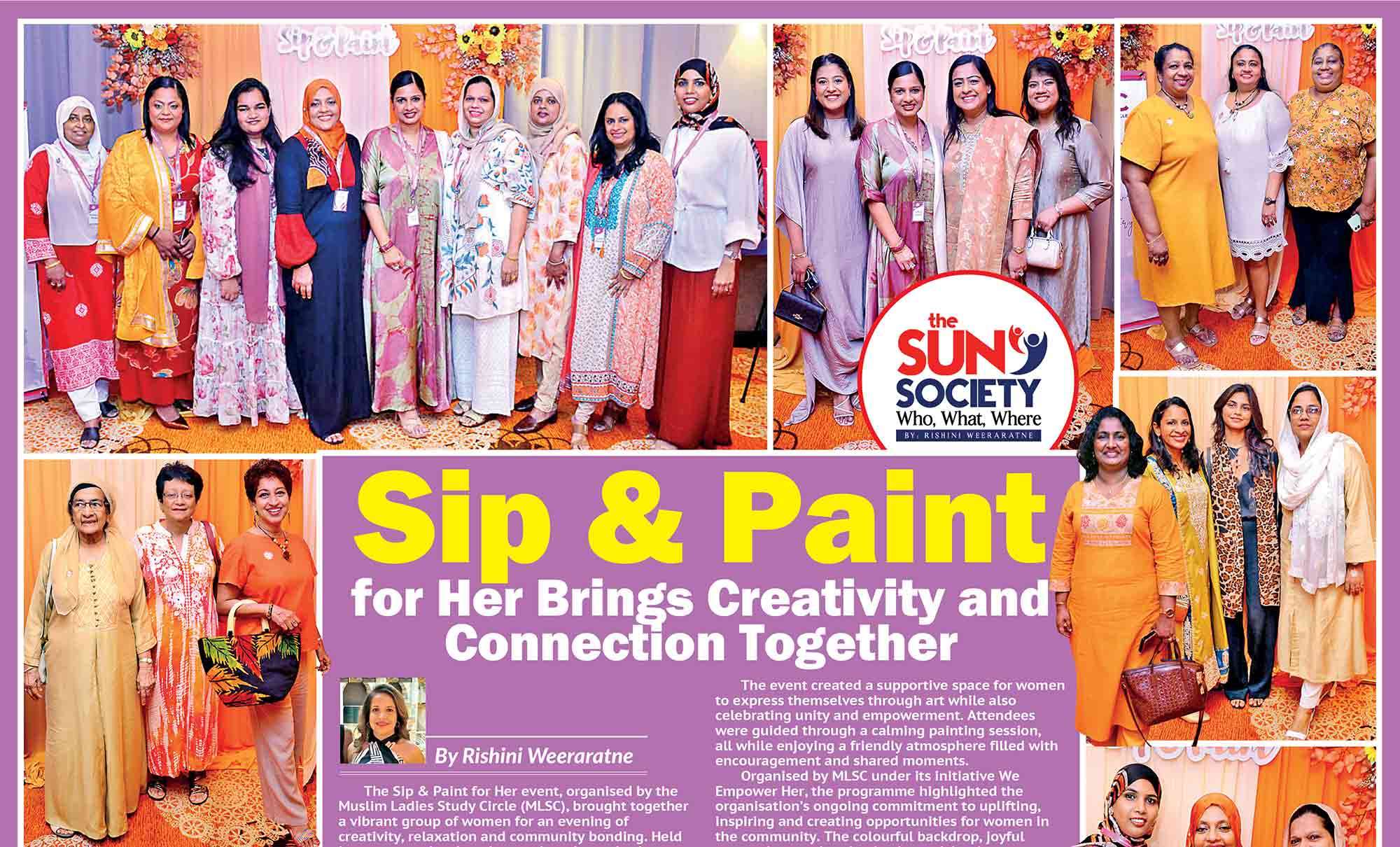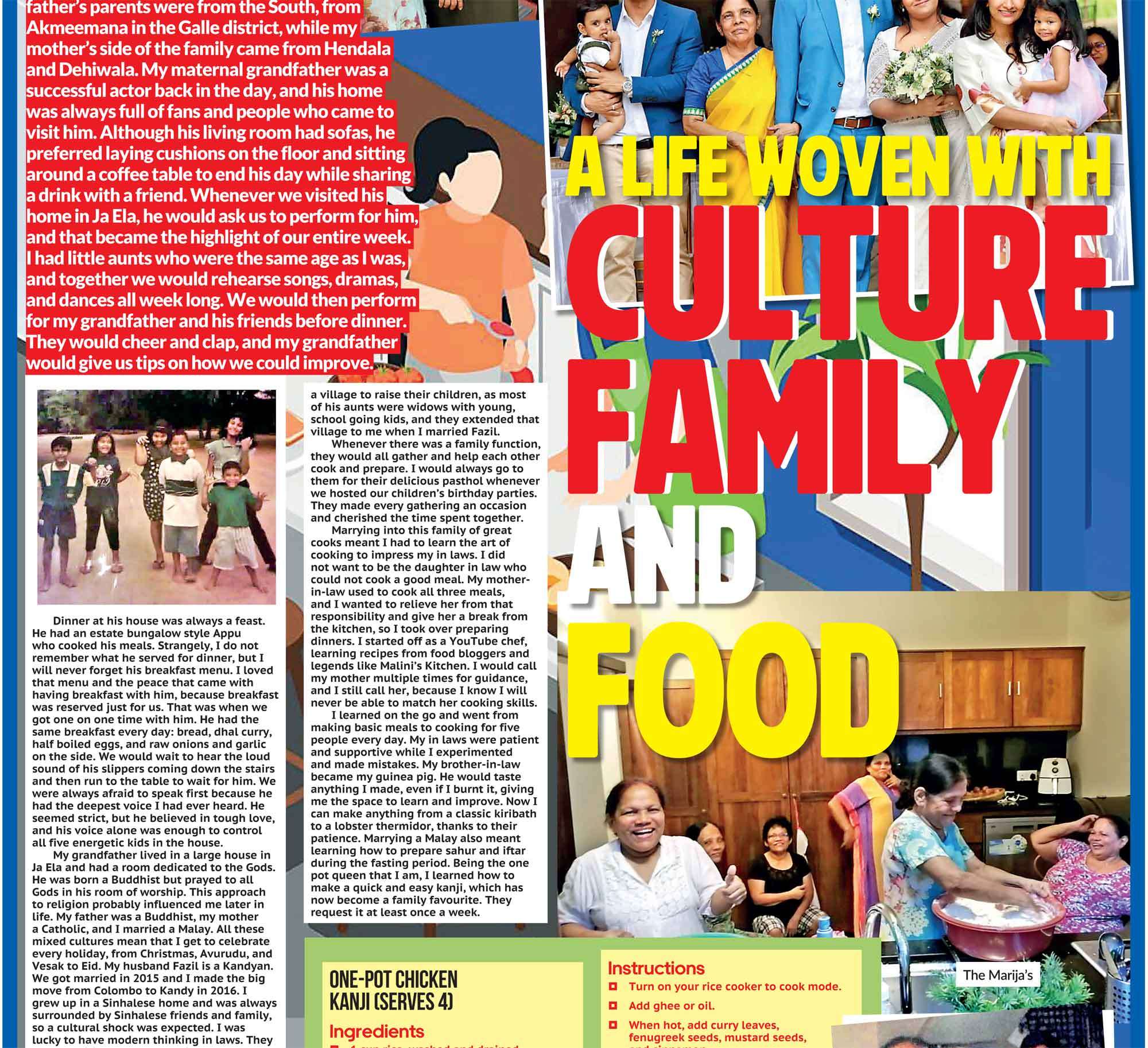




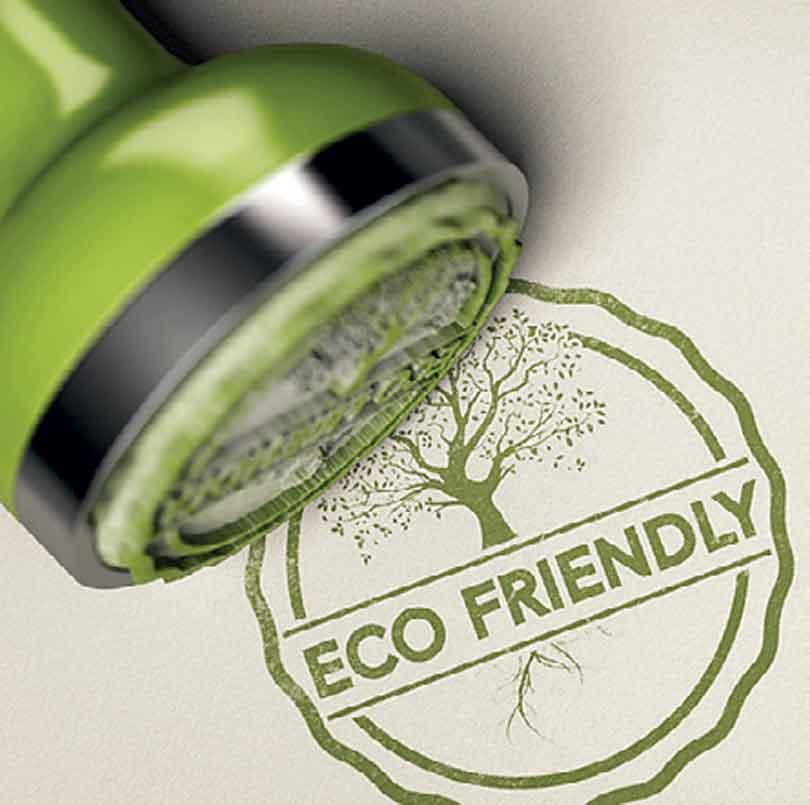
The other day, I was scrolling through Instagram when I stumbled upon a video titled “10 Things I Regret Buying.” Within 30 seconds, I had clicked through to another: “Things You Need From Amazon, Right Now.” Before I knew it, I was mentally adding a new water bottle, yet another loungewear set, and a vintage-style lamp to my imaginary cart. I didn’t need any of them - but they all looked like answers to a question I hadn’t quite asked. We’re living in a dopamine culture. It’s fast, constant, and deeply visual. Every scroll is a mini hit of inspiration or inadequacy. One minute your content, and the next, you’re wondering if your wardrobe is outdated or if your skincare routine needs an overhaul. Add to that the carefully curated world of fashion influencers, and suddenly, the idea of enough feels foreign. This week, in Beyond the Seams, I want to talk about conscious consumerism - not as a rigid rulebook, but as a gentler way to live, dress, and connect with the things we bring into our lives.
Between Paris and Colombo: Two Worlds of Consumption
Living between Paris and Sri Lanka offers a unique lens on the way we consume. In Paris, there’s a reverence for the classic: the perfectly cut blazer, the linen trousers you’ve worn for years, the handmade shoes you keep getting resoled. There’s less pressure to reinvent yourself constantly through clothing. Back home in Sri Lanka, the approach is different but no less thoughtful. I remember growing up watching my grandmother fold and re-fold her handloom saris, each one wrapped in soft tissue and stored with camphor. Nothing was disposable, not the clothes, not the stories woven into them. When something tore, we mended it. When it faded, we dyed it. When it no longer fit, we passed it on. In both cultures, the thread is the same: intention over impulse.
What Is Conscious Consumerism, Really?
We hear the phrase often, but what does it actually mean? At its heart, conscious consumerism is about being aware of the impact of our purchases - on the planet, on the people who make our clothes, and on ourselves. It’s not about being perfect. It’s about asking better questions before we buy. Because here's the truth: buying “sustainable” pieces from a trendy brand is still consumption. And sometimes, the most conscious choice is to buy nothing at all. We live in a time where ethical language has become part of the marketing machine. Terms like “eco-friendly,” and “slow fashion,” are everywhere - but without transparency, they can be just another form of greenwashing. Conscious consumerism isn’t a label. It’s a mindset.
The Fashion Industry and the Dopamine Loop
Fashion, once defined by seasons, is now shaped by speed and virality. TikTok hauls, weekly drops, and microtrends have replaced thoughtful wardrobes with content-fuelled consumption. The industry has adapted to our dopamine-driven habits. Brands know we crave novelty, so they design for the scroll: punchy, playful, and fast. The result? Clothes that aren’t made to last and consumers who are never quite satisfied. We’re chasing a feeling, not a fabric. But what if we slowed down? What if we focused not on what’s new, but on what’s meaningful?
The Real Cost of Consumption
Every purchase we make carries a ripple effect:
That 1,200 rupees t-shirt made in a rush might have been sewn by an underpaid worker in unsafe conditions.
That item returned because “it didn’t feel right” might end up in a landfill.
That “sustainable” jumpsuit might require more water and energy to ship than it saves in production.
I say this not to guilt, but to ground. Because when we buy less and buy better, we honour the resources, craftsmanship, and lives behind our clothes. A beautifully crafted handloom sari in Sri Lanka or a pair of timeless handmade earrings brings a kind of joy that lingers far beyond the first wear.
Mini Checklist: 5 Questions to Ask Before You Buy

Beyond the Wardrobe: Conscious Living
Being a conscious consumer doesn’t begin and end at checkout. It’s woven into how we live, how we value time, how we treat others, and how we care for what we already have.
It’s in:
- Mending a favourite dress instead of tossing it
- Swapping clothes with a friend before an event
- Choosing quality over quantity, even if it means waiting longer to buy
- Supporting local artisans and small businesses instead of big-box stores
For me, it’s also in proudly wearing my mother’s antique kandyan jewellery or styling the same black linen shirt in ten different ways.
Conscious consumerism is often quiet. But its impact is lasting.
A Cultural Note: What We Already Know
In many Asian cultures, including Sri Lanka, the idea of conscious living isn’t new - it’s just been forgotten in the race to modernity. Our ancestors didn’t have overflowing wardrobes. They rewashed, rewore, and respected what they owned. Clothes were tied to ceremony, identity, and lineage - not trend cycles. In my family, a sari is not just an outfit - it’s a memory. And a delicately handwoven lace blouse isn’t just a piece of clothing, it’s an heirloom passed down with care. We’ve done this before. We just need to remember.
Conscious, Not Perfect
This isn’t about guilt. It’s about awareness. There will be moments when you buy something spontaneous, and that’s okay. Conscious consumerism isn’t about achieving perfection; it’s about doing better, little by little. If you forget everything else, remember this: “The most sustainable thing you can do is make what you have enough.” And sometimes, enough is already hanging in your closet.
A Gentle Call to Action
So, the next time you feel the urge to click “add to cart,” take a breath. Sit with the want. Ask what it’s really about. Let your purchases be a reflection of your values, not some social media algorithm. And if you’re wondering where to begin, start small. Look at your clothes. Thank them. Care for them. Share their stories. Because conscious consumption isn’t just about shopping better.
It’s about living more meaningfully - beyond the seams. What has YOUR journey with conscious shopping looked like so far? I’d love to hear your thoughts, stories, or questions. Write to me, share your experience, or tag me if you’re building a more mindful wardrobe, one choice at a time.


